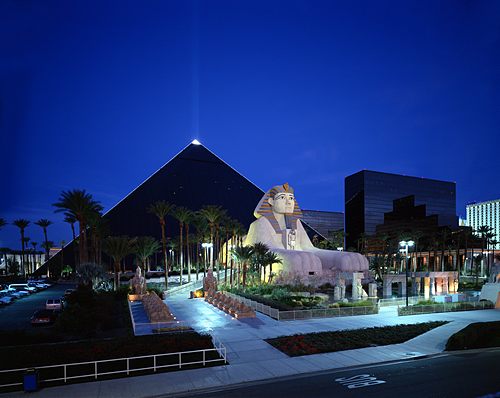Several ancient and medieval texts at McGill University Library and Archives are in the process of being deciphered and published by Brice Jones, a PhD student at Concordia University. Until now the texts had not been studied and few knew of their existence. Credit: Rare Books and Special Collections, McGill University Library and Archives

1 posted on
03/25/2015 11:53:00 AM PDT by
SunkenCiv
To: SunkenCiv
This is meaningless without knowing the size of the underlying transaction. How much land was sold, and how much did the purchaser pay for it?
To: SunkenCiv
Land transfer tax.
Yeah, but it was in a great location:

3 posted on
03/25/2015 11:56:59 AM PDT by
BenLurkin
(The above is not a statement of fact. It is either satire or opinion. Or both.)
To: SunkenCiv
Written in Greek on a piece of pottery, the receipt states that a person (the name is unreadable) and his friends paid a land-transfer tax that came to 75 "talents" (a unit of currency), with a 15-talent charge added on....90 talents totaled 540,000 drachma, researchers say. For comparison, an unskilled worker at that time would have made only about 18,000 drachmaa / year The tax on the purchase - not even the purchase price itself - equaled thirty times the annual wage of a commoner. Soak the rich!
4 posted on
03/25/2015 12:04:26 PM PDT by
Alex Murphy
("the defacto Leader of the FR Calvinist Protestant Brigades")
To: SunkenCiv
It actually translates to “shared responsiblity payment”
5 posted on
03/25/2015 12:15:56 PM PDT by
2banana
(My common ground with terrorists - they want to die for islam and we want to kill them)
To: SunkenCiv
The 18,000 drachmas annual wage is clearly an error.
A drachma was equivalent to a Roman denarius, which represented a good day's pay (see the parable of the laborers in the vineyard who agreed to work (Matt. 20). Maybe it should read 180 drachmas.
To: SunkenCiv
how much is that piece of pottery worth.
11 posted on
03/25/2015 12:45:48 PM PDT by
CJ Wolf
To: SunkenCiv
75 "talents" (a unit of currency)
That's an error. A telent is a unit of weight, like a pound. The exact weight varied by region, but Wiki says that an Egyptian talent was 60lb.
In order to know how much money we are talking about, you would need to know whether it was a talent of bronze or silver or gold. Later in the article it suggests that it was Bronze, and says that the 15 talent "surcharge" was just a way of converting from silver to bronze.
If you want to guess how much it would be worth today, 75 talents x 60 lb = 4,500 pounds x 14.58 troy ounces per pound = 65,600 troy ounces of silver x $17 per ounce = $1.1 million.
However, if they paid in bronze, which today is a lot cheaper than silver, it would be 90 talents x 60lb x $2 per pound = $10,800
To: SunkenCiv
So, how much is that in today’s US dollars?
13 posted on
03/25/2015 1:48:24 PM PDT by
bgill
(CDC site, "we still do not know exactly how people are infected with Ebola")
To: SunkenCiv
Sounds like a lot of money, but if the taxpayer was the Bill Gates of Ptolemaic Egypt maybe not so much.
To: SunkenCiv
Ha! They paid their taxes in pennies.
16 posted on
03/25/2015 3:02:11 PM PDT by
Mister Da
(The mark of a wise man is not what he knows, but what he knows he doesn't know!)
FreeRepublic.com is powered by software copyright 2000-2008 John Robinson

